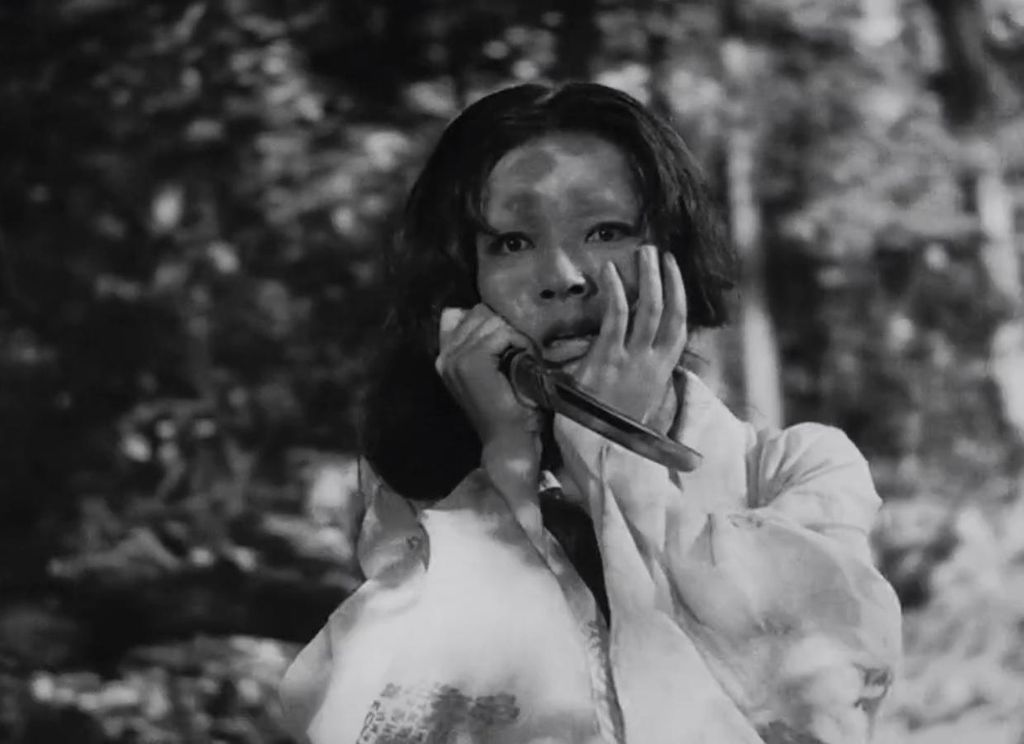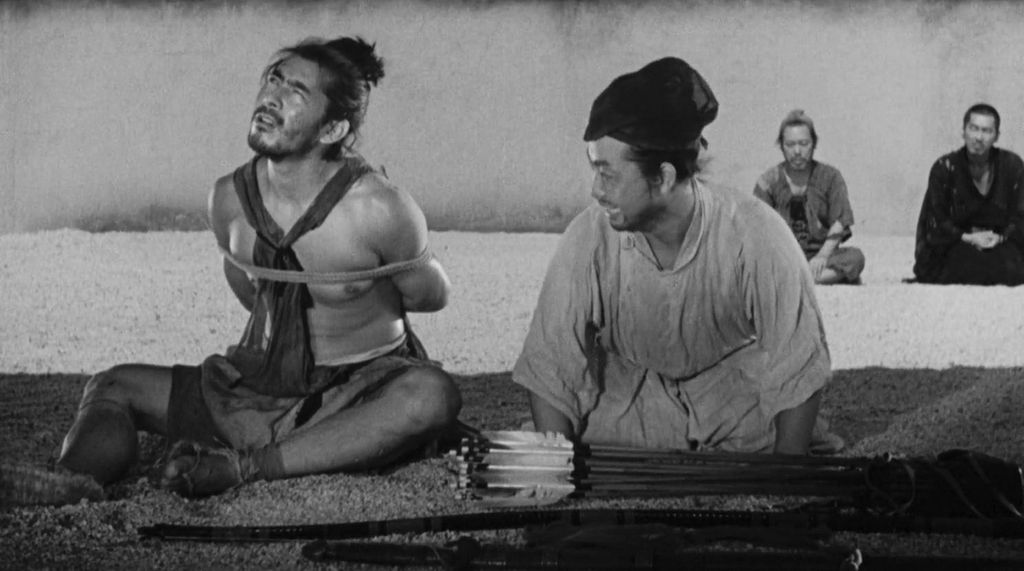Rashomon - The Nature Of Truth And Goodness
May 25, 2019 • 36 views
I think I will always credit Rashomon as when I first began to truly appreciate foreign movies. I had gone to a film festival before that and enjoyed quite a few international movies – even other Japanese ones – but this movie was the first to inspire genuine respect. Its storytelling and filmmaking were on par with my favorite English films. Rewatching it recently, I found myself equally impressed, but I began to think in more detail about its themes – mainly the nature of truth and of goodness.
A man seeking shelter from the rain in the ruins of an old temple finds himself in the company of a monk and a woodcutter, who are returning from a trial at the courthouse. But they are both terribly confused by the seemingly contradictory testimonies they heard and decide to tell it all to the newcomer to see if he can make any sense of it. This simple premise sets up a frame narrative, inside which the entire film operates. The events at the courthouse further act as a frame for the various testimonies. This kind of unconventional storytelling has always piqued my interest (and will continue to do so) as it is a really effective way to coherently thread together different stories. In this case, the different stories are various versions of the same event.

A man has been killed, whose body was discovered by the woodcutter, and who was last seen alive by the monk. A bandit named Tajomaru was captured along with some of the dead man’s possessions and is thus the prime suspect. His testimony is the first, followed by the dead man’s wife’s, and then the dead man himself speaks through a medium. One by one, as each version is narrated, we begin to see that they are so contradictory that there can be no possible series of events which renders even two of the stories to be true. We are forced to choose any one, or discard all of them. The biggest contention comes from the fact that each speaker confesses to being responsible for the man’s death. In the end, the woodcutter too offers his version of the events, claiming to have witnessed more than he narrated to the court. At the end of the movie, we are not explicitly told the true version of the story (each tale has its own faults) and I was left wondering if there was any relevance for the truth at all.
Though the three major characters all confess to the crime, they tell stories that paint them in the most honorable light. And as we see from the woodcutter’s version, none of them were anywhere as honorable as they claimed. What is the truth then? From my understanding of the movie, the truth is not important – in the end, the consequences would all be the same. Tajomaru would be punished anyway, this murder would only be an addition to an already long list of crimes. The wife would be treated with the same amount of shame in the society, whether it be for being molested or for also killing her husband (feudal Japan was not really known for its fair treatment of women). And the man would still be dead, whether it be murder or suicide. There is a theory of truth which states that truth is a matter of practicality and should be treated as such.
According to this theory then, all the stories can be treated as the truth (or all as lies), even the woodcutter’s, as they would essentially bring about the same results. This is represented in the movie by the indifference of the newcomer, he does not worry about the truth as the monk or the woodcutter does. We, as the audience, should also realize that nothing would really change depending on which story we choose to believe, except our perception of the character of each of the players. This also offers up a more conclusive ending to the film, one that might otherwise be considered as too vague or ambiguous. This shouldn’t, however, mean that the truth is never relevant; it only shows that sometimes we fret unnecessarily about small details.

Another important theme that the movie touches upon is that of goodness. The monk is visibly torn from the beginning, as he is on the edge of losing faith in humanity – his naïve sense of morality cannot bear all the lies that were masqueraded in the courthouse garden. In addition, the world around him is also full of death, poverty, famine and war. This is further enforced when we see that none of the main characters are particularly virtuous, they all have their sins and some even seem to flaunt them. The monk tries to connect the two major themes of the movie by associating the telling of the truth with inner goodness. But the movie refutes this, by showing us that the woodcutter, a possible liar and thief, is willing to adopt an unwanted baby, in a time of hardships, owing to just his compassion. The monk too realizes this, and remains at the ruins, his faith in humanity restored for at least some more time.
The lessons that we can learn from Rashomon are many. But I think they will be more effective if each one of us sat down and reflected on the movie ourselves – it is not often that there is a film which offers so much in the way of simple and powerful philosophy.
